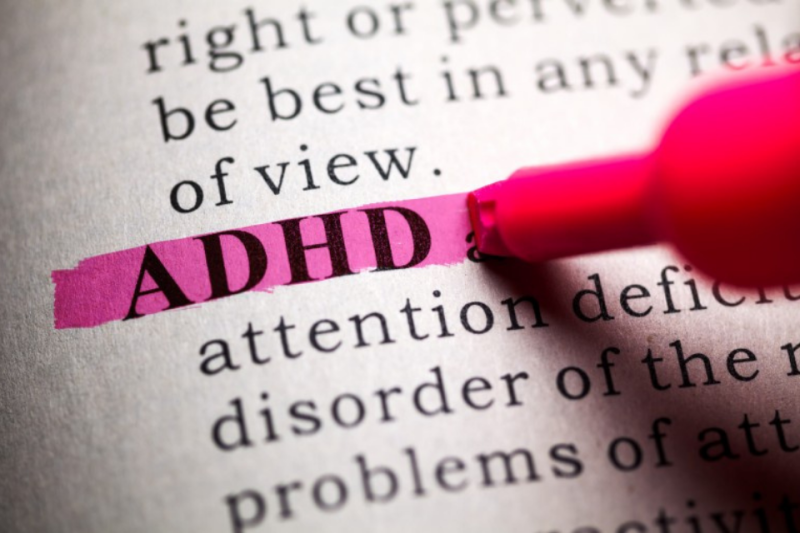
MRI scans of children aged 9–10 years with ADHD showed few differences in structural brain measurements compared to their unaffected peers, according to a study led by a Duke University School of Medicine researcher.
While providing little evidence of brain differences that are identifiable by MRI, the finding points to the need for more refined imaging techniques to better characterize the underlying biology of ADHD, which is diagnosed in an estimated 9% of children in the U.S.
The study appears online in The Lancet Psychiatry.
“There has been an ongoing debate dating back decades about whether ADHD is in fact a true biological disorder, or if it instead reflects normal variation in attention and related behaviors,” said senior author Jonathan Posner, MD, vice chair of research at Duke’s Department of Psychiatry & Behavioral Sciences.
“While this finding rekindles that long-standing debate, we do believe it is a biological disorder,” Posner said. “It can be both – a biological disorder, but also have normal variations within that.”
— Jonathan Posner, MD
“While this finding rekindles that long-standing debate, we do believe it is a biological disorder,” Posner said. “It can be both – a biological disorder, but also have normal variations within that.”
Posner and colleagues analyzed data from a large longitudinal study called the Adolescent Brain and Cognitive Development Study, which included 10,736 participants. Of those children, 949 met the criteria for ADHD. Upon enrollment in the study, the children underwent brain imaging scans as well as other psychological and medical tests.
In their analysis, the researchers compared the brain scans of the children diagnosed with ADHD to scans of those who did not have the diagnosis. The researchers found only 11 significant differences across the 79 brain measures, all indicating reductions in brain measures among participants with ADHD. The researchers note that these differences, while statistically significant, were quite small and unlikely to help in diagnosing ADHD.
The authors said the findings run counter to other, smaller studies that have identified larger and more widespread structural brain differences between children with ADHD and those without the diagnosis. The researchers said the findings might be explained by the older ages of their study participants, and by fewer children among the study group with severe cases of ADHD.
“It’s important to note that ADHD can be impairing. Treatments help with that. And while we don’t have good evidence of structural differences appearing in MRI scans, that could well speak to the limitations of the technology, not of ADHD being outside of biology.”
— Jonathan Posner, MD
“It’s important to note that ADHD can be impairing,” Posner said. “Treatments help with that. And while we don’t have good evidence of structural differences appearing in MRI scans, that could well speak to the limitations of the technology, not of ADHD being outside of biology.”
In addition to Posner, study authors include Joel Bernanke, Alex Luna, Le Chang, Elizabeth Bruno and Jordan Dworkin.
The study received support from the National Institutes of Health (T32 MH016434-41, UH3 OD023328), the AACAP Pilot Research Award for Attention Disorders, the Bender-Fishbein Award in Child Psychiatry Research, the Edwin S Webster Foundation, Suzanne Crosby Murphy Endowment and the Translating Duke Health Initiative.
This article was originally published on the Duke Health News & Media website.